- Joined
- 27 December 2005
- Messages
- 17,672
- Reaction score
- 25,769
If anyone has original pictures of EAP from Paris or Farnborough airshows, or elsewhere, please get in touch.
Jemiba said:Just a silly question : How near EAP already was to a service aircraft ?
CammNut said:EAP has its origins in an aircraft that was designed to go into the production, in theory at least - the Agile Combat Aircraft (ACA). This was a British-Italian-German industrial proposal for a post-Panavia Tornado programme. It owed a lot to BAe's P.110 studies, I think. The plan was for BAe, Aeritalia and MBB to build an aerodynamic and structural demonstrator to kick-start a tri-national development programme.
CammNut said:MBB was to provide the aft fuselage, but Germany pulled out and a Tornado aft fuselage had to be substituted for the original twin-fin design - hence the slightly bodged-up appearance of the EAP. All this did not address the weapon system. I think the plan was to build off the Sea Harrier's Ferranti Blue Vixen radar. There was an effort to create a UK-only fighter program around the ACA design, but that came to naught.
EAP would never have made a fighter, but I feel it doesn't get the respect it deserves as the X-version - maybe arguably Y-version - of what became the Eurofighter
Stargazer2006 said:If the British and the French (most notably Dassault) had not been stubborn doing their own national thing in this matter, but instead had joined forces in a truly euro-minded approach, they might have spawned a greater and more marketable fighter years than the Typhoon, and perhaps gained a whole decade doing so.
it is not profitable to produce such an expensive aircraft for a company like Dassault (which consequently was taken over by arch-rival Aerospatiale).
danielgrimes said:Hi,
I've searched high and low for 3view diagrams of the EAP - can anyone help?
many thanks
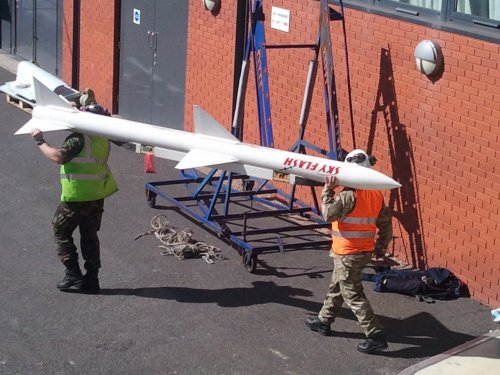
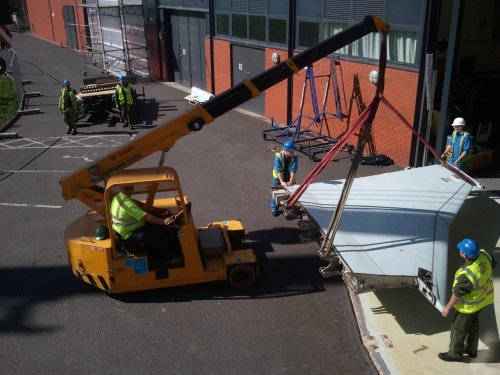
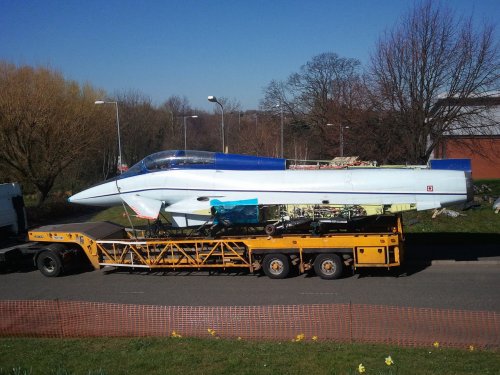
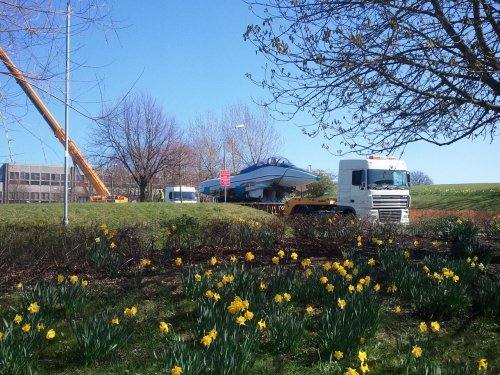
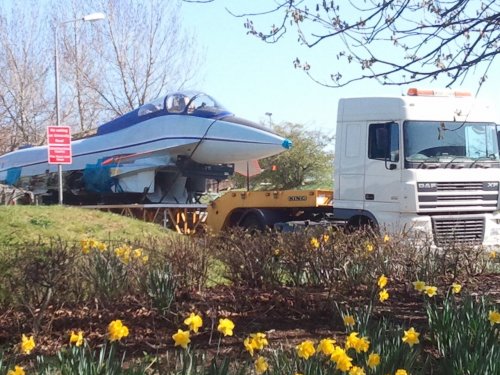
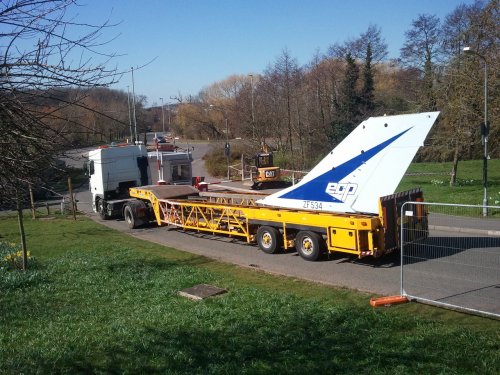
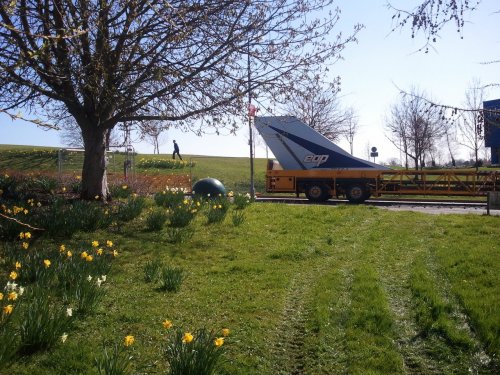
The UK's Integrated Flight and Propulsion Control System (IFPCS) Technical Demonstration Programme is a joint UK MoD / Industry-funded research effort, which has mainly focused on investigating aircraft control and system architectures to meet the challenges associated with future STOVL aircraft.
The project has utilised the P112C-6 canard-delta aircraft configuration (shown below), which is largely based on BAE SYSTEMS' experience with the EAP aircraft. The main configuration differences are that the P1 12C-6 has side intakes and is a close-coupled canard-delta, as opposed to the chin intake and long-coupled canard-delta of the EAP aircraft.
The project powerplant is the Rolls-Royce RB571-10 direct-lift engine concept, which has two distinct modes of operation:
- Flight mode - in which the lift system is disabled and the engine operates as a conventional turbo-fan as shown below.
- Lift mode - in which the main core flow is directed through two rear-mounted vectoring nozzles and a proportion of the by-pass air is dueted through to a front lift nozzle. This provides a three-poster remotely unaugmented lift system.
